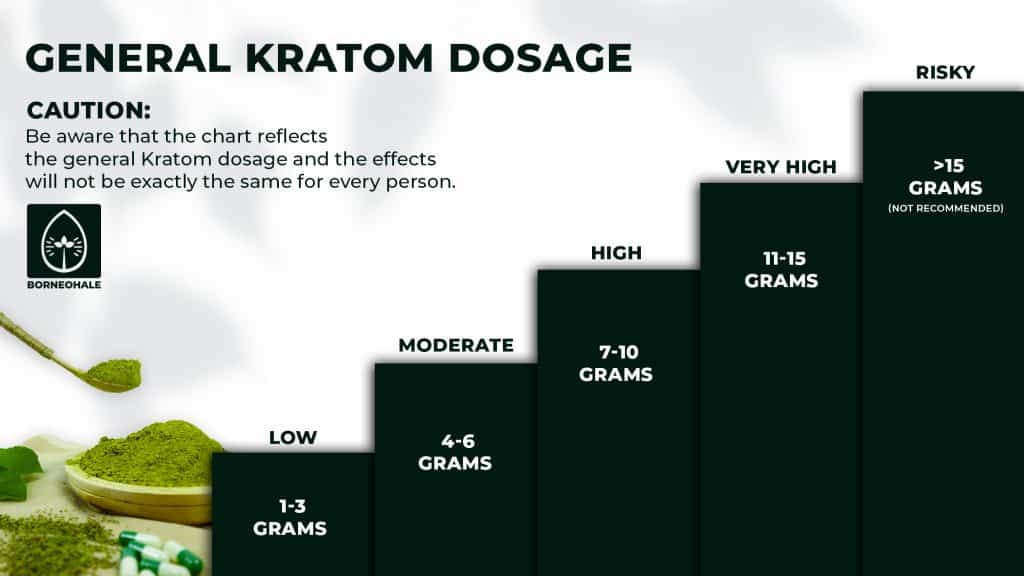Best Way To Taper Off Kratom

Kratom withdrawal can be intense, but a well-structured taper is crucial for minimizing discomfort and maximizing your chances of successfully quitting. This article provides a concise guide to tapering off kratom, based on expert recommendations and user experiences.
Tapering involves gradually reducing your kratom dosage over time, allowing your body to adjust to lower levels of the substance. This method is widely considered safer and more effective than abruptly stopping, which can lead to severe withdrawal symptoms.
Understanding Kratom Withdrawal
Kratom withdrawal symptoms can vary depending on the individual, dosage, and duration of use. Common symptoms include anxiety, insomnia, muscle aches, runny nose, irritability, and diarrhea. The severity of these symptoms often motivates individuals to continue using kratom, making tapering a vital strategy.
The Tapering Schedule: A Step-by-Step Guide
Step 1: Assess Your Current Usage. Accurately determine your daily kratom intake. Measure each dose carefully using a scale to ensure consistency. Keep a detailed log of your dosage and the times you take kratom each day.
Step 2: Calculate Your Reduction Rate. Aim to reduce your daily dose by 10-20% each week. A slower taper is generally recommended, especially for long-term or high-dose users. This approach minimizes withdrawal symptoms and increases the likelihood of success.
Step 3: Implement the Taper. Divide your daily kratom intake into smaller, more frequent doses. This helps maintain stable kratom levels in your system. Reduce each dose proportionally to achieve your target reduction for the week.
Step 4: Monitor Your Symptoms. Closely track any withdrawal symptoms you experience. Adjust your tapering schedule if symptoms become too severe. If you're struggling, consider slowing down the reduction rate or temporarily pausing the taper.
Step 5: Stay Consistent. Maintain a consistent schedule, even on weekends or holidays. This helps regulate your body's response to the reduced kratom levels. Avoid the temptation to increase your dosage, even if you experience discomfort.
Example Tapering Schedule
Let's say you're currently taking 30 grams of kratom per day. Here's an example of a weekly tapering schedule:
Week 1: Reduce by 10% (3 grams). New daily dose: 27 grams.
Week 2: Reduce by 10% (2.7 grams). New daily dose: 24.3 grams.
Week 3: Reduce by 10% (2.43 grams). New daily dose: 21.87 grams.
Continue this process until you reach a very low dose, such as 1-2 grams per day. At this point, you can consider stopping completely or continuing with an even slower taper.
Tips for a Successful Taper
Use a Digital Scale: Accurate measurement is essential for a consistent taper.
Stay Hydrated: Drink plenty of water to help your body eliminate toxins and manage withdrawal symptoms.
Eat a Healthy Diet: Proper nutrition supports your body's recovery process. Avoid processed foods, excessive sugar, and caffeine.
Exercise Regularly: Physical activity can help alleviate anxiety and improve sleep quality.
Seek Support: Join a support group or talk to a therapist. Sharing your experiences with others can provide encouragement and accountability.
Consider Supplements: Certain supplements, such as magnesium, L-theanine, and melatonin, may help manage withdrawal symptoms. Consult with a healthcare professional before taking any supplements.
When to Seek Professional Help
If you experience severe withdrawal symptoms, such as suicidal thoughts, severe depression, or uncontrollable vomiting, seek immediate medical attention. Professional medical detox may be necessary in certain cases.
Individuals with pre-existing medical conditions, such as heart problems or mental health disorders, should consult with a healthcare provider before attempting to taper off kratom. A doctor can provide personalized guidance and monitor your progress.
Withdrawal symptoms can be difficult to manage alone, and medical detox can provide a safer, more comfortable alternative to tapering.
Ongoing Developments and Future Research
The National Institute on Drug Abuse (NIDA) is currently funding research to better understand the effects of kratom and develop effective treatment strategies for kratom use disorder.
Stay informed about the latest findings and consult with healthcare professionals for the most up-to-date recommendations. The FDA has not approved kratom for any medical use, and its use carries potential risks.
Conclusion: Taking the Next Step
Tapering off kratom requires patience, discipline, and a well-structured plan. By following the steps outlined in this article, you can minimize withdrawal symptoms and increase your chances of successfully quitting kratom. If you struggle, seek professional medical advice.













![Best Way To Taper Off Kratom Quitting Kratom || Withdrawal [Taper Strategy] - YouTube](https://i.ytimg.com/vi/n-gfkTOZbJ8/maxresdefault.jpg)




